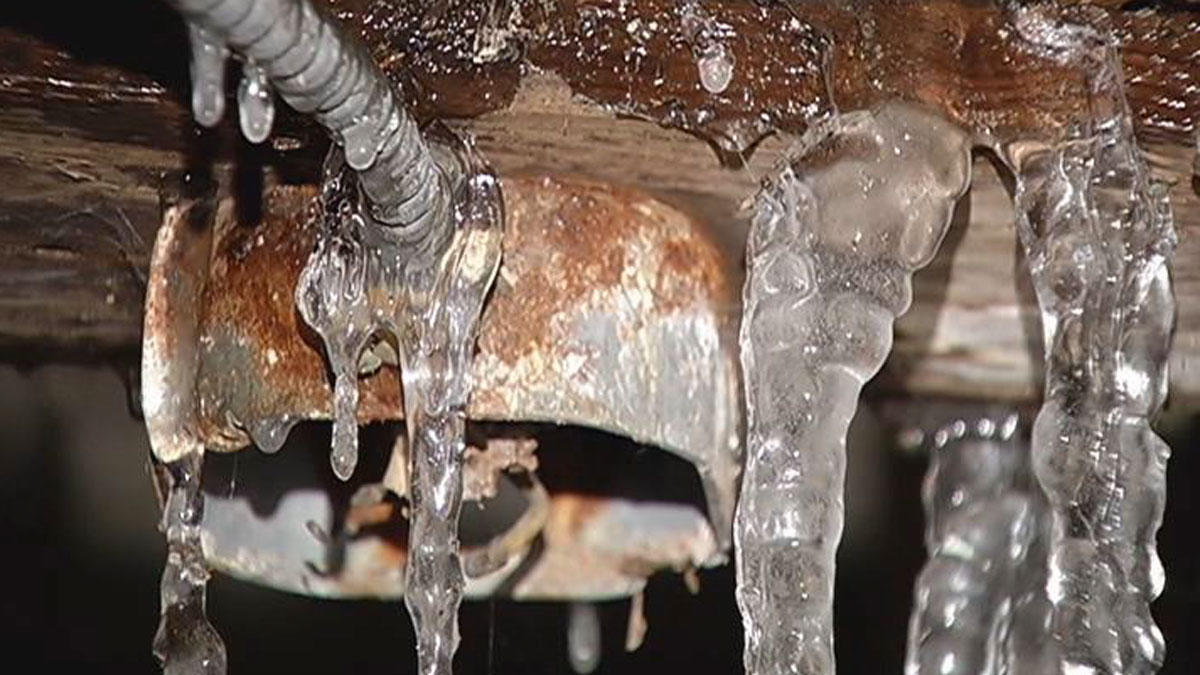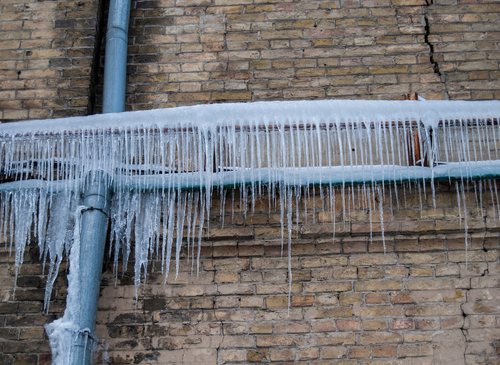Tips to Avoid Frozen Pipes in Cold Weather: Expert Guidance
Tips to Avoid Frozen Pipes in Cold Weather: Expert Guidance
Blog Article
Everybody will have their unique perception about 6 Ways to Prevent Frozen Pipes.

Cold weather can wreak havoc on your pipes, especially by freezing pipelines. Below's how to prevent it from happening and what to do if it does.
Introduction
As temperature levels decrease, the threat of icy pipes increases, possibly resulting in costly repairs and water damages. Comprehending just how to stop icy pipes is critical for property owners in chilly environments.
Prevention Tips
Shielding vulnerable pipelines
Cover pipelines in insulation sleeves or utilize warm tape to safeguard them from freezing temperature levels. Focus on pipelines in unheated or external areas of the home.
Home heating methods
Keep interior spaces appropriately heated, especially locations with plumbing. Open cabinet doors to permit cozy air to circulate around pipes under sinks.
Exactly how to recognize icy pipelines
Search for lowered water flow from taps, unusual smells or sounds from pipelines, and visible frost on exposed pipelines.
Long-Term Solutions
Structural adjustments
Consider rerouting pipes far from outside wall surfaces or unheated areas. Add additional insulation to attics, cellars, and crawl spaces.
Upgrading insulation
Buy top notch insulation for pipes, attic rooms, and wall surfaces. Appropriate insulation helps keep regular temperatures and reduces the danger of frozen pipes.
Protecting Exterior Plumbing
Yard hoses and outside faucets
Detach and drain pipes yard hose pipes before winter. Install frost-proof spigots or cover outdoor taps with protected caps.
Understanding Frozen Pipelines
What causes pipelines to freeze?
Pipelines freeze when revealed to temperatures listed below 32 ° F (0 ° C) for expanded durations. As water inside the pipes ices up, it expands, taxing the pipeline walls and possibly creating them to rupture.
Dangers and damages
Frozen pipes can bring about water supply disruptions, residential or commercial property damage, and expensive repair work. Burst pipes can flood homes and trigger extensive structural damages.
Indicators of Frozen Piping
Recognizing frozen pipes early can prevent them from rupturing.
What to Do If Your Pipes Freeze
Immediate activities to take
If you believe frozen pipes, maintain taps open up to eliminate pressure as the ice thaws. Make use of a hairdryer or towels soaked in warm water to thaw pipes gradually.
Verdict
Protecting against icy pipes requires positive measures and quick responses. By recognizing the reasons, indicators, and safety nets, property owners can safeguard their plumbing throughout winter.
5 Ways to Prevent Frozen Pipes
Drain Outdoor Faucets and Disconnect Hoses
First, close the shut-off valve that controls the flow of water in the pipe to your outdoor faucet. Then, head outside to disconnect and drain your hose and open the outdoor faucet to allow the water to completely drain out of the line. Turn off the faucet when done. Finally, head back to the shut-off valve and drain the remaining water inside the pipe into a bucket or container. Additionally, if you have a home irrigation system, you should consider hiring an expert to clear the system of water each year.
Insulate Pipes
One of the best and most cost-effective methods for preventing frozen water pipes is to wrap your pipes with insulation. This is especially important for areas in your home that aren’t exposed to heat, such as an attic. We suggest using foam sleeves, which can typically be found at your local hardware store.
Keep Heat Running at 65
Your pipes are located inside your walls, and the temperature there is much colder than the rest of the house. To prevent your pipes from freezing, The Insurance Information Institute suggests that you keep your home heated to at least 65 degrees, even when traveling. You may want to invest in smart devices that can keep an eye on the temperature in your home while you’re away.
Leave Water Dripping
Moving water — even a small trickle — can prevent ice from forming inside your pipes. When freezing temps are imminent, start a drip of water from all faucets that serve exposed pipes. Leaving a few faucets running will also help relieve pressure inside the pipes and help prevent a rupture if the water inside freezes.
Open Cupboard Doors
Warm your kitchen and bathroom pipes by opening cupboards and vanities. You should also leave your interior doors ajar to help warm air circulate evenly throughout your home.

I stumbled upon that write up about How to Prevent Your Pipes From Freezing while looking around the internet. Enjoyed our posting? Please quickly share it. Let others discover it. I praise you for your time. Kindly stop by our blog back soon.
This Site Report this page